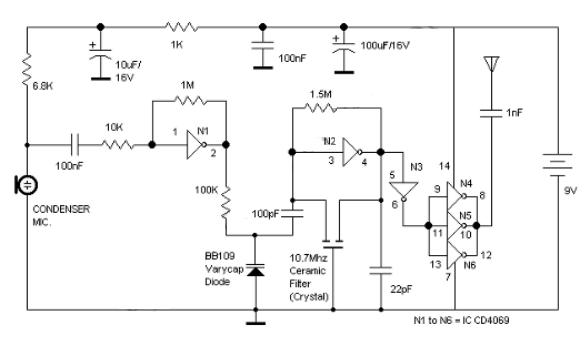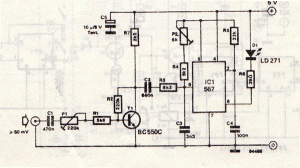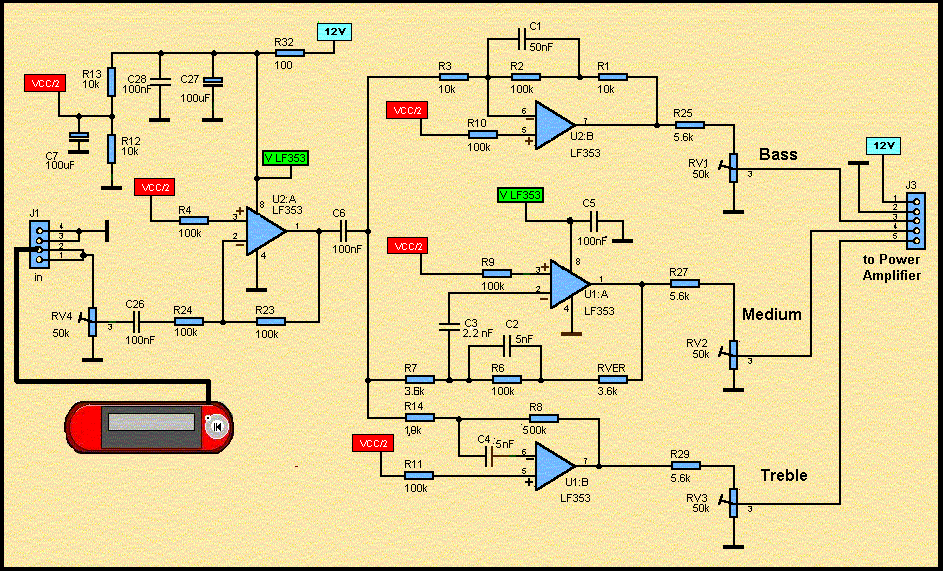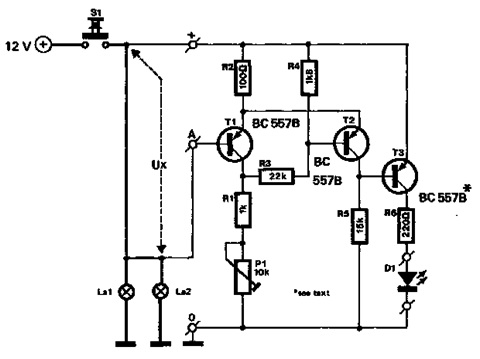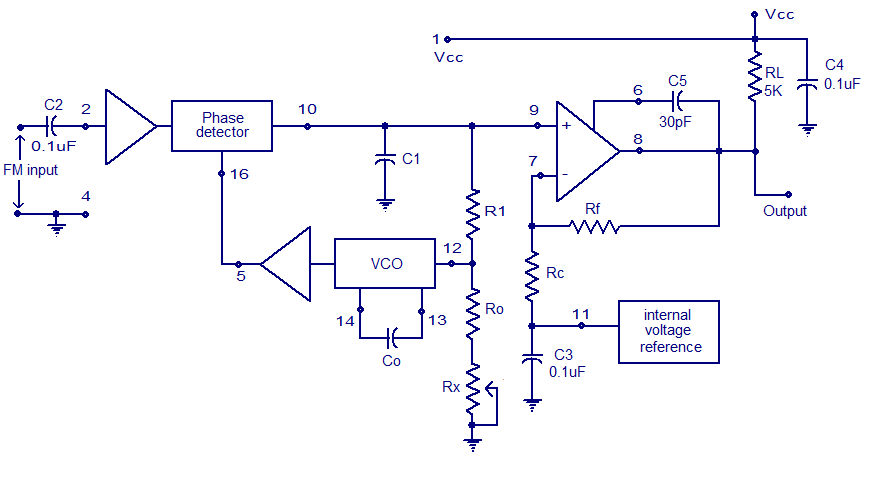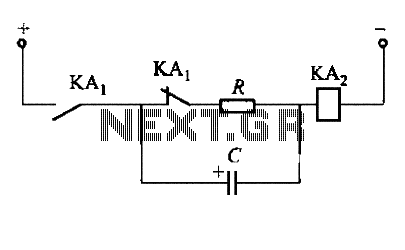
batteries charger and psu circuit
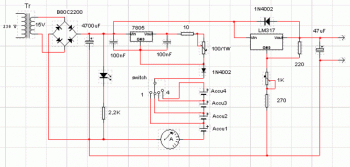
This circuit consists of two main components: a battery charger that provides a fixed output voltage of 5V DC, and a regulated power supply that allows for an adjustable output voltage ranging from 2 to 9 volts.
The circuit design incorporates a battery charger section that is optimized for charging lithium-ion or nickel-metal hydride batteries. The charger utilizes a linear voltage regulator or a switching regulator to maintain a stable 5V output. This section typically includes components such as a transformer (if AC input is used), rectifiers to convert AC to DC, and filtering capacitors to smooth the output voltage. Protection features, such as overvoltage and overcurrent protection, may also be integrated to ensure safe operation during the charging process.
The regulated power supply section of the circuit employs an adjustable voltage regulator, which can be implemented using a variable resistor (potentiometer) in conjunction with a linear voltage regulator, such as the LM317. This allows the user to set the output voltage anywhere between 2V and 9V, depending on the requirements of the connected load. The circuit may include additional filtering capacitors to reduce noise and improve voltage stability, along with heat sinks to manage thermal dissipation from the voltage regulator.
Overall, this circuit provides a versatile solution for charging batteries and supplying variable voltage to various electronic devices, making it suitable for a wide range of applications in both hobbyist and professional settings.There are two parts in this circuit, ie the battery charger with a fixed output voltage, which is 5VDC. Another part is the regulated power supply that can be regulated output voltage between 2-9 volts. 🔗 External reference
The circuit design incorporates a battery charger section that is optimized for charging lithium-ion or nickel-metal hydride batteries. The charger utilizes a linear voltage regulator or a switching regulator to maintain a stable 5V output. This section typically includes components such as a transformer (if AC input is used), rectifiers to convert AC to DC, and filtering capacitors to smooth the output voltage. Protection features, such as overvoltage and overcurrent protection, may also be integrated to ensure safe operation during the charging process.
The regulated power supply section of the circuit employs an adjustable voltage regulator, which can be implemented using a variable resistor (potentiometer) in conjunction with a linear voltage regulator, such as the LM317. This allows the user to set the output voltage anywhere between 2V and 9V, depending on the requirements of the connected load. The circuit may include additional filtering capacitors to reduce noise and improve voltage stability, along with heat sinks to manage thermal dissipation from the voltage regulator.
Overall, this circuit provides a versatile solution for charging batteries and supplying variable voltage to various electronic devices, making it suitable for a wide range of applications in both hobbyist and professional settings.There are two parts in this circuit, ie the battery charger with a fixed output voltage, which is 5VDC. Another part is the regulated power supply that can be regulated output voltage between 2-9 volts. 🔗 External reference
